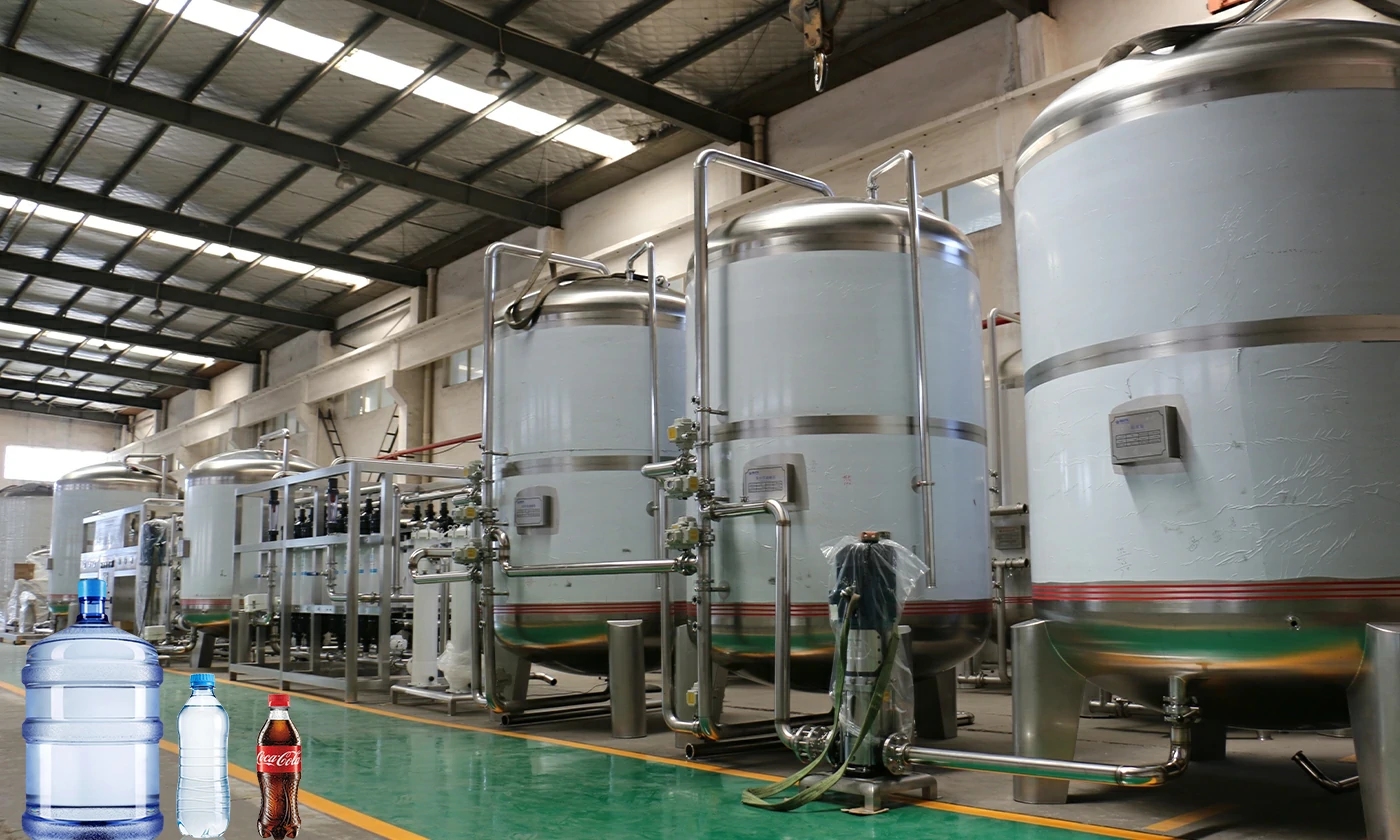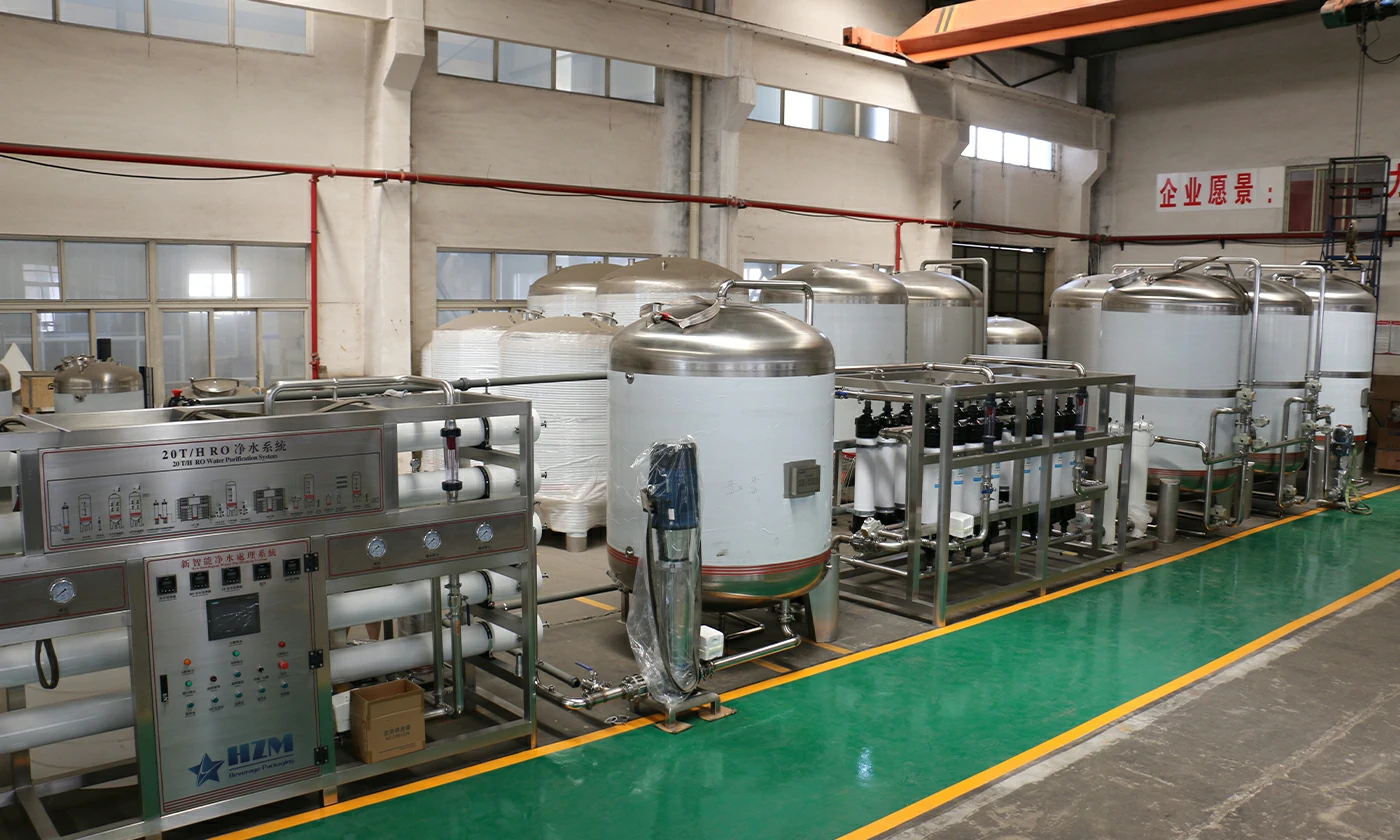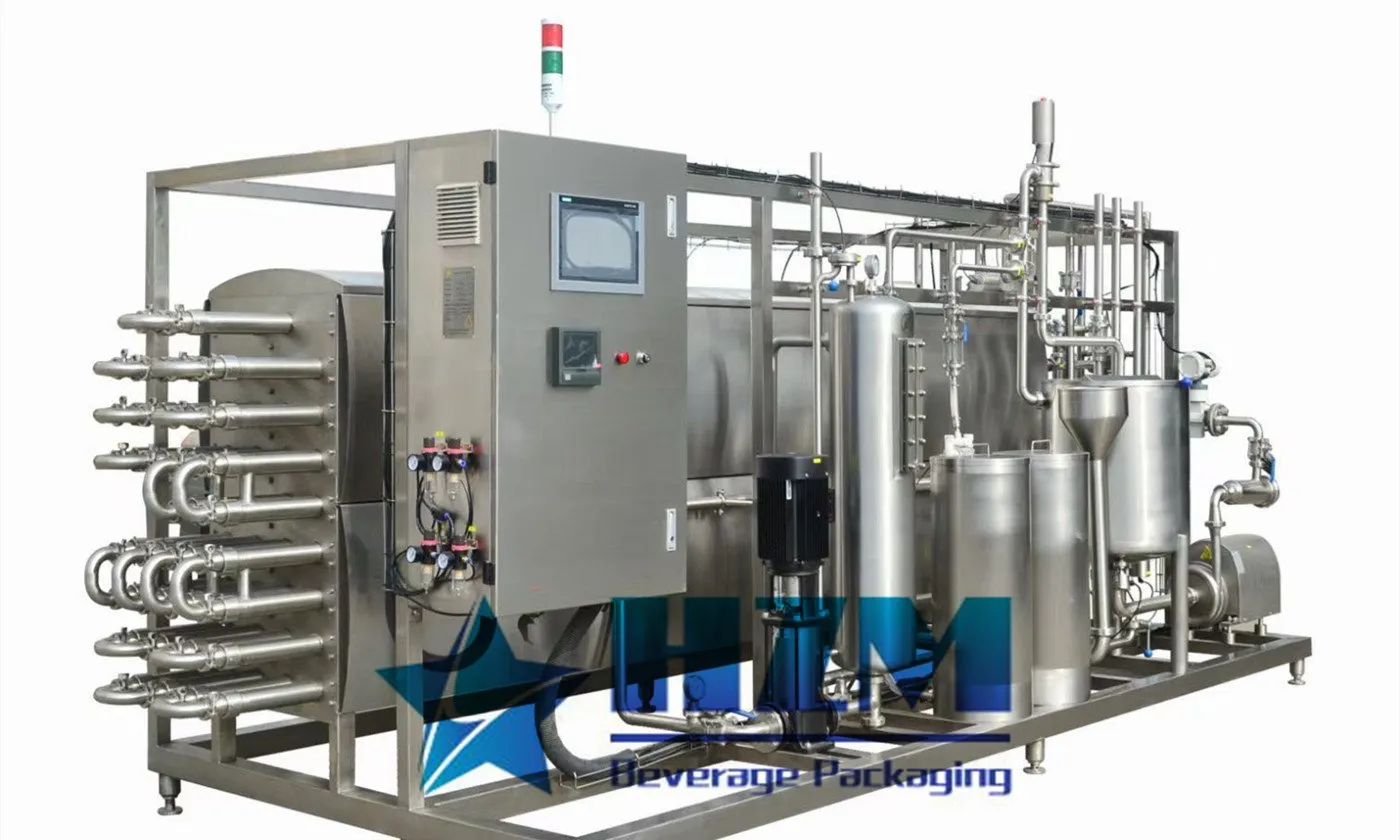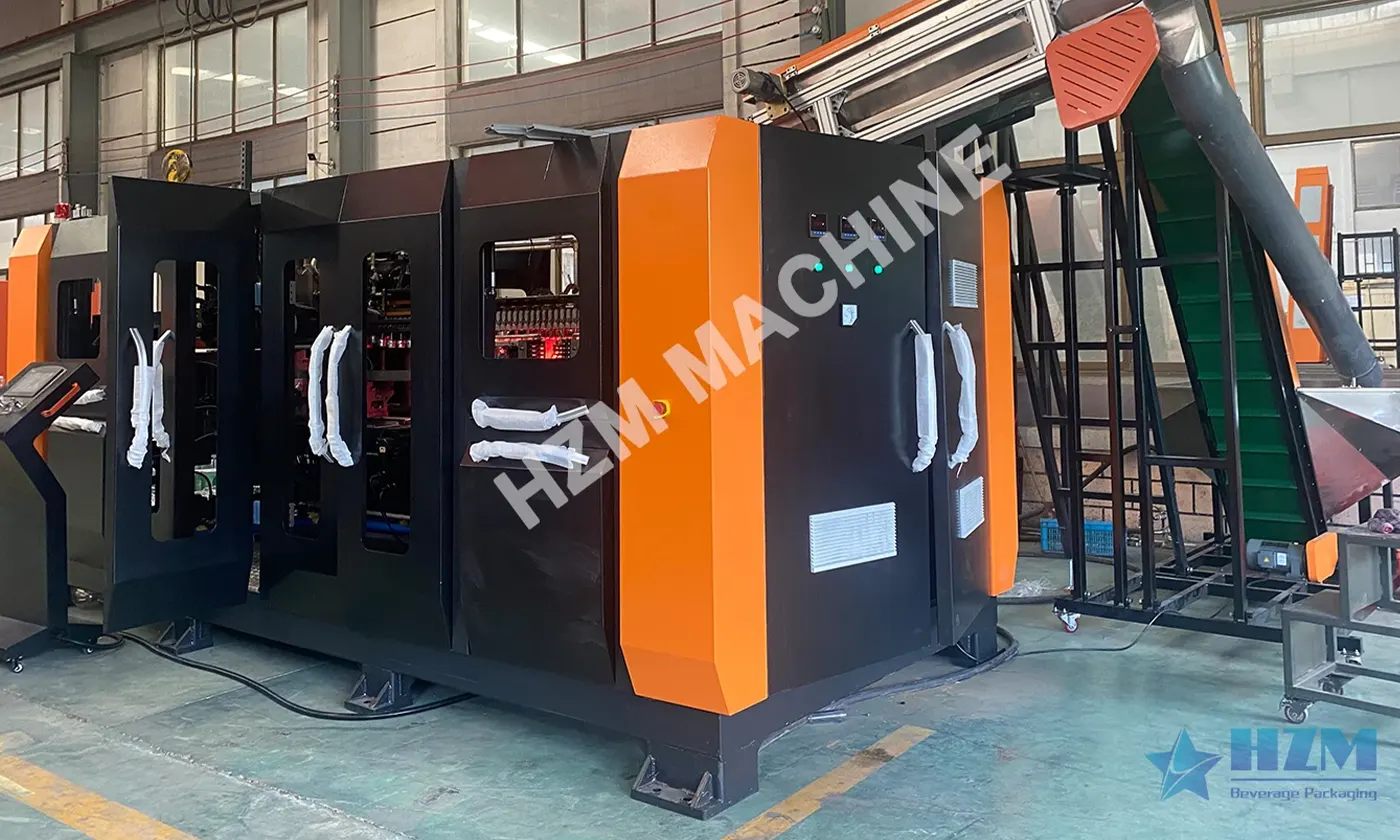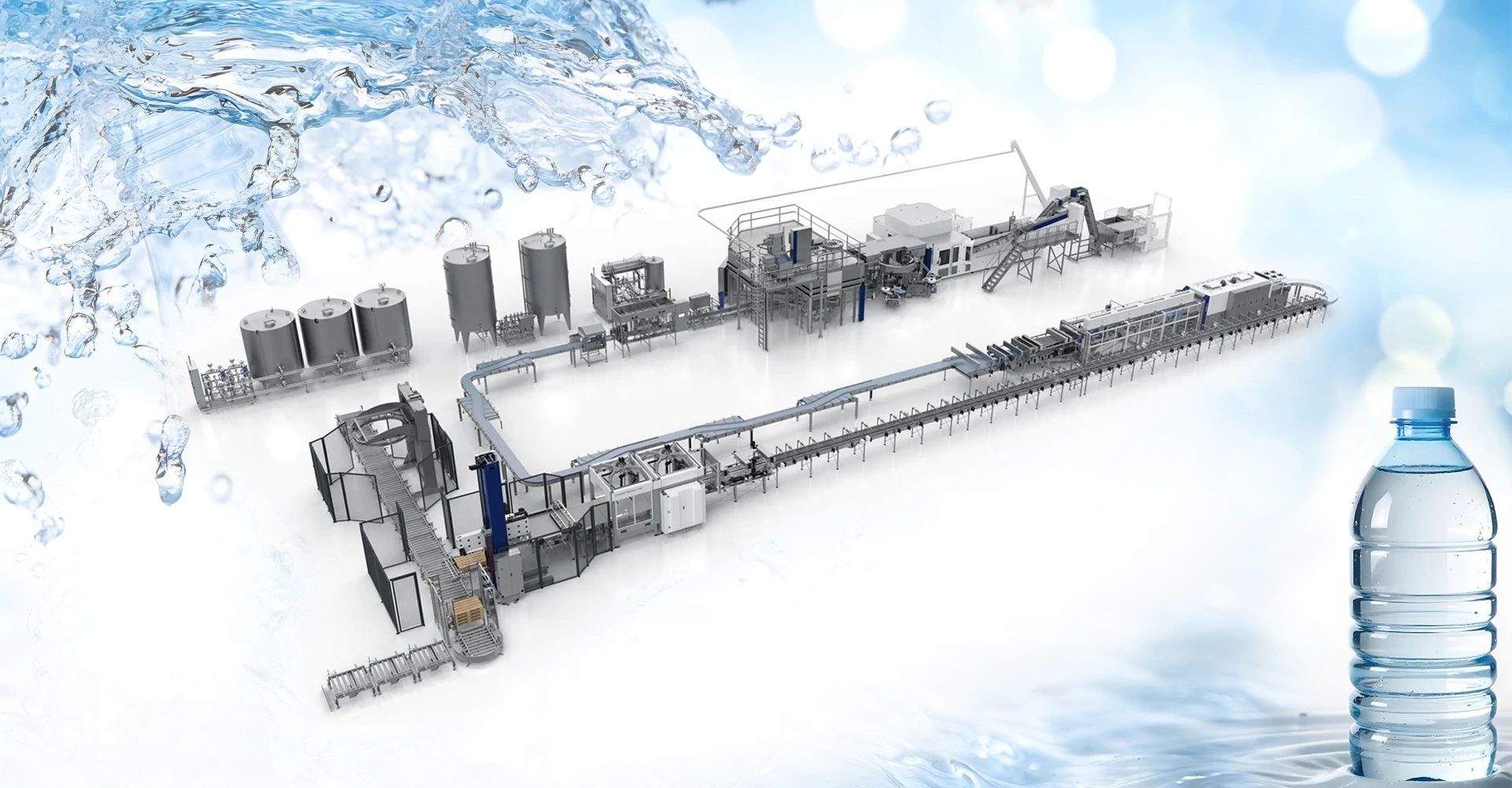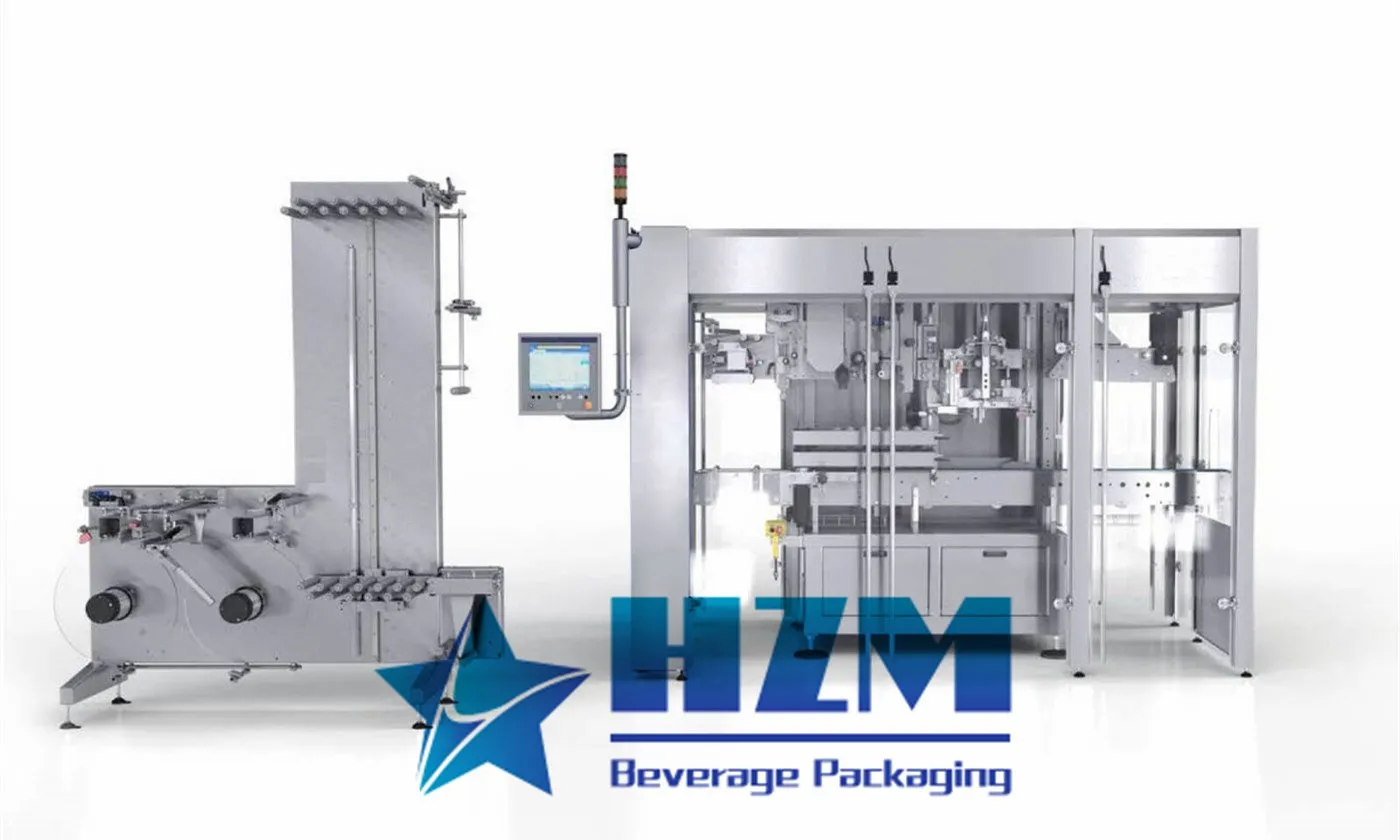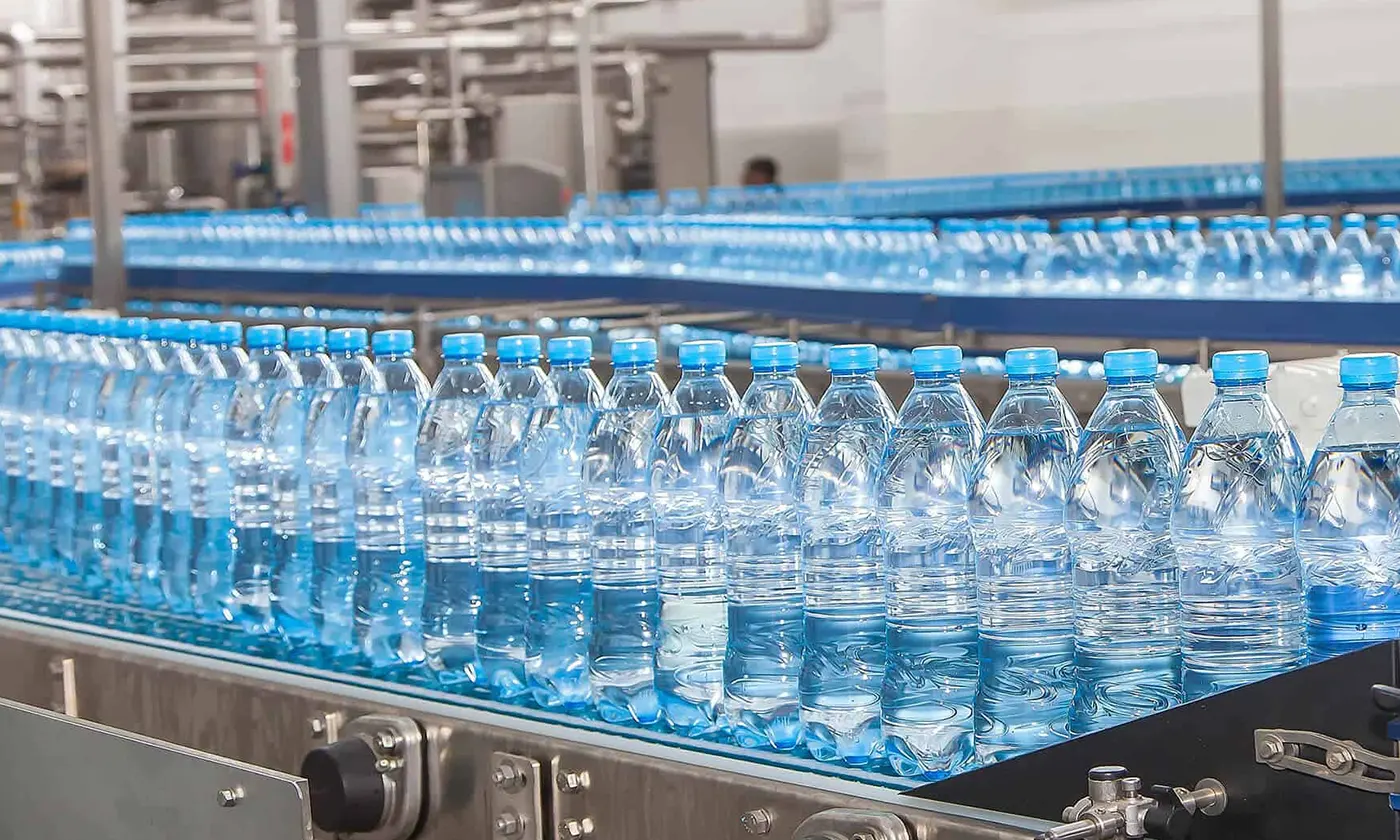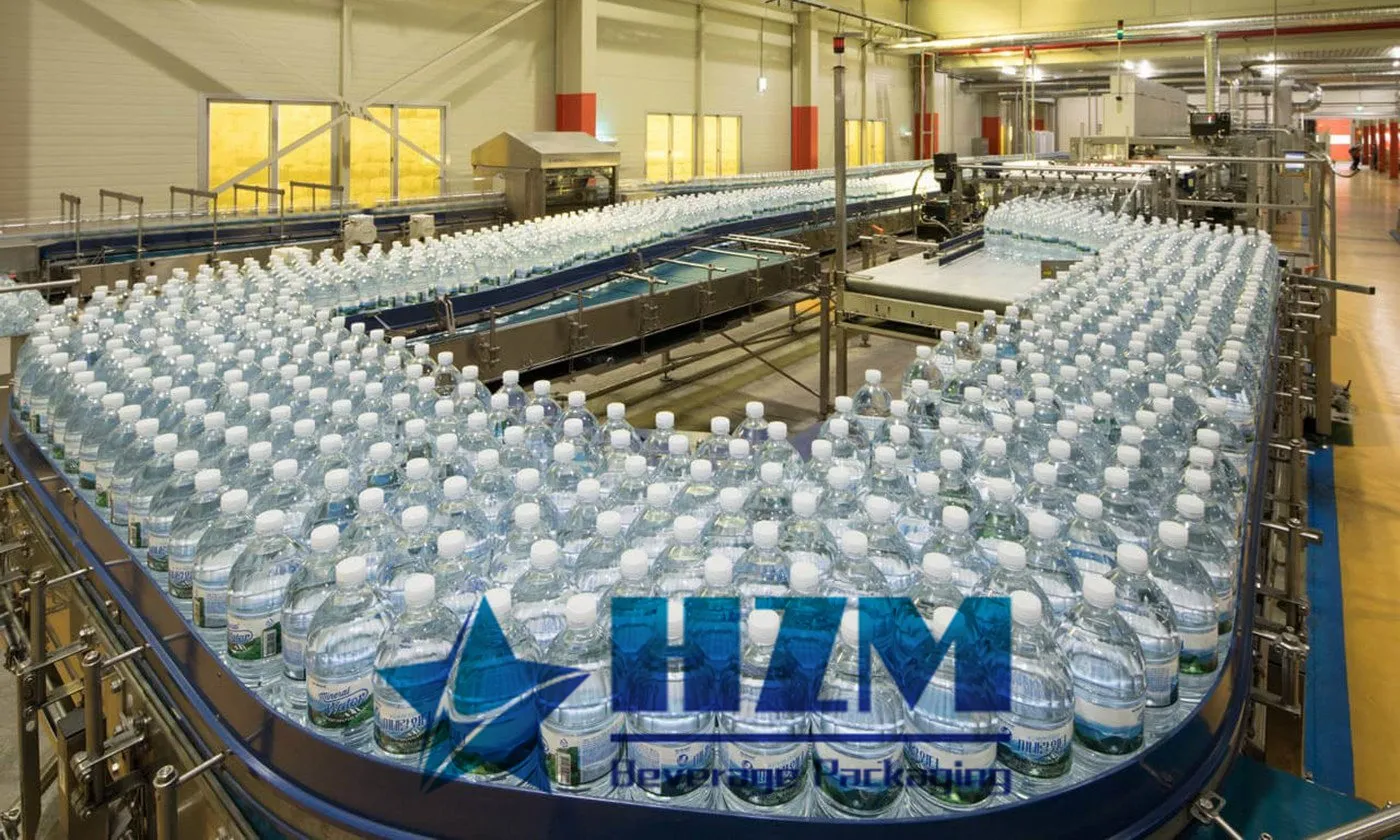Major Components Of A Water Treatment System
Your water might taste okay and along the way, you observe rotten egg smell when you turn the faucet on.
Probably you also observe an odd flavor, unpleasant odor, itchy skin soap scum or water spot.
Then you can assume that you need a water treatment system. Once this happens there are various ways through which water can be treated including water softening, filters and conditioning.
What method is best for your home and what will solve the water problems?
It is important to understand water treatment terms so that you can boldly understand the improvement in taste, smell and the total water quality.
However, to find a high-quality water treatment system, you need to consult a reliable water treatment system sale representative.
Water Softeners
The hardness in water can be removed by water softeners. This can be done through water treatment equipment.
Particularly, water softeners reduce magnesium, calcium and small amounts of iron by exchanging them with minimum amounts of sodium.
Soft water allows cleaning products to be effective, avoids mineral build-up in pipes and protects the life of your appliances.
Water treated with softener most times taste slightly different from hard water since certain minerals have been removed during the softening process.
However, the quality of your water will be improved with a water softening system.
Water Conditioners
A widely used term in the industry is water conditioner and each company differently defines these systems.
A water conditioner is a widely used term in the industry and each company defines these systems differently.
Water-Right water conditioners provide far more benefits than a softener alone and they are truly multi-tasking machines that can soften, filter iron and manganese, and raise the pH of acidic water.
Water conditioners are not made in the same ways. Probably, you may find some water treatment system manufacturers and companies describing to their salt-free or saltless “descaling” systems as water conditioners as well.
However, it is important to know perfectly what that particular system is capable of treating when you are considering a water conditioner for your home.

Water Filters
The water filter is simply used for the removal of specific impurities from water. For instance, if there are reddish-brown stains in your toilet, the content of iron in your water may be too high.
With simplicity, water filtration will oxidize the iron, thereby transforming it into a particle so that it can easily be extracted by the filtration media inside.
The use of carbon or charcoal in the filtering process will help in trapping contaminants like chlorine and sulfur, and also improve the taste and odor of your water.
Also, water filters can reduce nuisance particles and neutralize acidic water, but cannot remove hardness like conditioners and softener.
If the hardness of water is not a problem in your home, then a water filter will remove the other nuisance contaminants you might face.
Reverse Osmosis
Reverse osmosis (RO) is an advance method of water filtration process which implements multiple uses of carbon filters in conjunction with a semi-permeable membrane.
The membrane has very tiny pores that allow removal of microscopic contaminants from the water you drink by straining them out.
RO can remove some serious contaminants such as lead, fluoride, nitrates, arsenic, and VOCs
UV Water Treatment
UV water treatment is created for the removal of microbiological contaminations like Giardia, Cryptosporidium, E. coli and other viruses that are not visible.
However, it does not remove chemicals neither does it improve the taste nor colour of your water.
Many of the contaminants it cannot remove can be addressed with softeners, conditioners, or filters.
If your water is tested and has confirmed microbiological contamination, this particular treatment method will remove it.
With the help of UV treatment, water is transfer through a steel chamber where it is exposed to UV light that disables bacteria and viruses.
It is achieved by attacking and disrupting their DNA, and during this process, nothing is added to the water.
The pairing of Ultraviolet (UV) treatment with either a water softener or RO system, which can also be combined, can act as a kind of total water care insurance.
This usually helps if you don’t have any proven microbiological contamination but want to be covered just in case.
Therefore, you will be protected against a wide range of water problems if and when they are present.
Conclusion
There are various ways through which water can be treated including hard water, home living, reverse osmosis and UV systems.
Proper selection and installing of the right equipment and system is very important in solving problem water.
Therefore it is very essential to seek the expertise of an experienced professional in water treatment system sale for the best quality water treatment system.
TAG:
-
![Glass Bottle CSD & Water Drinks Filling Machine]() Glass Bottle CSD & Water Drinks Filling Machine
Glass Bottle CSD & Water Drinks Filling Machine -
![Automatic 5 Gallon Water Filling Line | 3-5 Gallon Bottled Water Production Line Manufacturer]() Automatic 5 Gallon Water Filling Line | 3-5 Gallon Bottled Water Production Line Manufacturer
Automatic 5 Gallon Water Filling Line | 3-5 Gallon Bottled Water Production Line Manufacturer -
![Automatic PET Bottle Blowing Filling Capping Machine – Best price beverage machinery]() Automatic PET Bottle Blowing Filling Capping Machine – Best price beverage machinery
Automatic PET Bottle Blowing Filling Capping Machine – Best price beverage machinery -
![PET Bottle Edible Oil Bottling Line | Automatic Rotary Type Edible Oil Filling Machine]() PET Bottle Edible Oil Bottling Line | Automatic Rotary Type Edible Oil Filling Machine
PET Bottle Edible Oil Bottling Line | Automatic Rotary Type Edible Oil Filling Machine -
![bottled water treatment plant – water purification system for bottling line]() bottled water treatment plant – water purification system for bottling line
bottled water treatment plant – water purification system for bottling line


